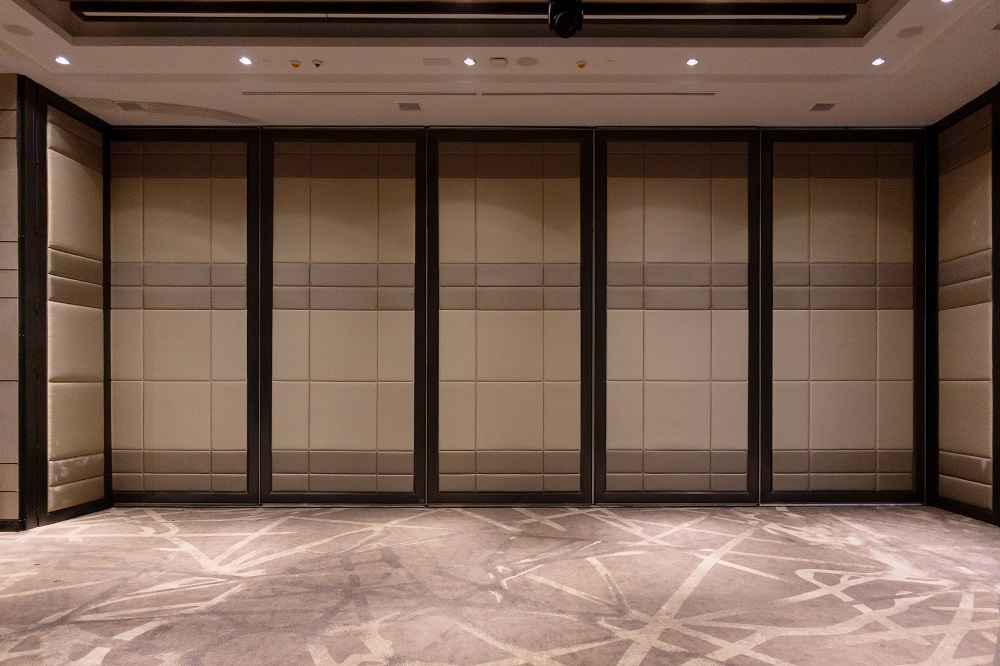Acoustic Design
What is Acoustic Design?
Acoustic design is the process of shaping the sound environment within buildings and spaces to optimize acoustical performance and enhance comfort, clarity, and quality of sound. It involves the careful consideration of architectural design, materials, and technologies to control sound transmission, reverberation, and noise levels, creating environments that are conducive to their intended use and activities.
Why learn Acoustic Design nowadays?
Learning about acoustic design is essential for architects, engineers, designers, and acoustic consultants who are involved in the planning, design, and construction of buildings and spaces where sound quality and comfort are important considerations. Here are several reasons why learning about acoustic design is important:
1. Enhancing User Experience: Acoustic design plays a crucial role in enhancing the user experience and satisfaction within buildings and spaces by creating environments that are acoustically comfortable, clear, and pleasant to be in. By controlling reverberation, reducing background noise, and optimizing speech intelligibility, acoustic design ensures that occupants can communicate, concentrate, and engage in activities.
2. Supporting Functional Requirements: Acoustic design helps meet the functional requirements and performance criteria of various building types and spaces, such as concert halls, theaters, classrooms, and offices, where specific acoustical conditions are necessary for their intended use. By designing appropriate room acoustics, noise control measures, and sound isolation systems, acoustic design ensures that spaces meet industry standards and guidelines for speech privacy, noise levels, and sound quality, allowing occupants to perform their activities effectively and efficiently.
3. Addressing Noise Pollution: Acoustic design plays a critical role in mitigating noise pollution and its adverse effects on human health and well-being, particularly in urban environments where noise from traffic, construction, and industrial activities can be a significant source of annoyance and stress. By incorporating sound insulation, façade treatments, and urban planning strategies, acoustic design helps reduce noise levels, minimize sound transmission between indoor and outdoor spaces, and create quieter, more livable environments for residents and workers.
4. Promoting Sustainable Design: Acoustic design contributes to sustainable building practices by optimizing energy efficiency, occupant comfort, and environmental performance. By incorporating passive design strategies, such as natural ventilation, daylighting, and thermal mass, acoustic design can reduce the need for mechanical systems and artificial lighting, lowering energy consumption and operating costs while enhancing indoor environmental quality and occupant satisfaction.
5. Supporting Health and Well-being: Acoustic design has a significant impact on human health and well-being by influencing factors such as stress levels, cognitive performance, and sleep quality. By creating environments with appropriate noise levels, comfortable reverberation times, and clear speech communication, acoustic design can reduce the risk of hearing loss, improve concentration and learning outcomes, and promote restful sleep, contributing to overall health and quality of life for occupants.
Careers in Acoustic Design
Engaging in acoustic design offers diverse career opportunities for individuals passionate about creating environments that optimize sound quality, comfort, and functionality. Here are some key areas where professionals can find fulfilling work in acoustic design:
1. Acoustic Consultant: Acoustic consultants specialize in providing technical expertise and advice on acoustic design, noise control, and sound management for a wide range of building projects and environments. They conduct acoustic assessments, measurements, and simulations to evaluate existing conditions and identify opportunities for improvement. Acoustic consultants also develop recommendations and design solutions to optimize room acoustics, reduce noise levels, and enhance speech intelligibility, ensuring that buildings and spaces meet acoustical performance criteria and user requirements.
2. Architectural Acoustician: Architectural acousticians work closely with architects, engineers, and designers to integrate acoustical considerations into the architectural design process. They collaborate on projects such as concert halls, theaters, recording studios, and educational facilities to create environments that support their intended use and activities.
3. Audio Engineer: Audio engineers specialize in recording, mixing, and mastering sound for various applications, including music production, film and television, live events, and multimedia content. They use recording equipment, software tools, and sound processing techniques to capture, manipulate, and enhance audio recordings, ensuring optimal sound quality and fidelity.
4. Noise Control Engineer: Noise control engineers focus on mitigating and managing noise pollution and its adverse effects on human health and well-being. They design noise barriers, enclosures, and insulation systems to reduce sound transmission from sources such as transportation, industrial activities, and mechanical equipment.
5. Environmental Acoustician: Environmental acousticians specialize in assessing and managing noise and vibration impacts on the natural environment and wildlife habitats. They conduct environmental noise surveys, monitor noise levels, and evaluate the effects of human activities on sensitive ecosystems and wildlife populations. Environmental acousticians also develop mitigation measures and conservation strategies to minimize disturbance and protect biodiversity in areas affected by noise pollution and development.
6. Academic Researcher: Academic researchers in acoustic design conduct research and development on topics such as room acoustics, sound propagation, psychoacoustics, and noise control. They contribute to advancing the field of acoustic design through theoretical analysis, experimental studies, and computer simulations, and publish their findings in academic journals and conference proceedings.


